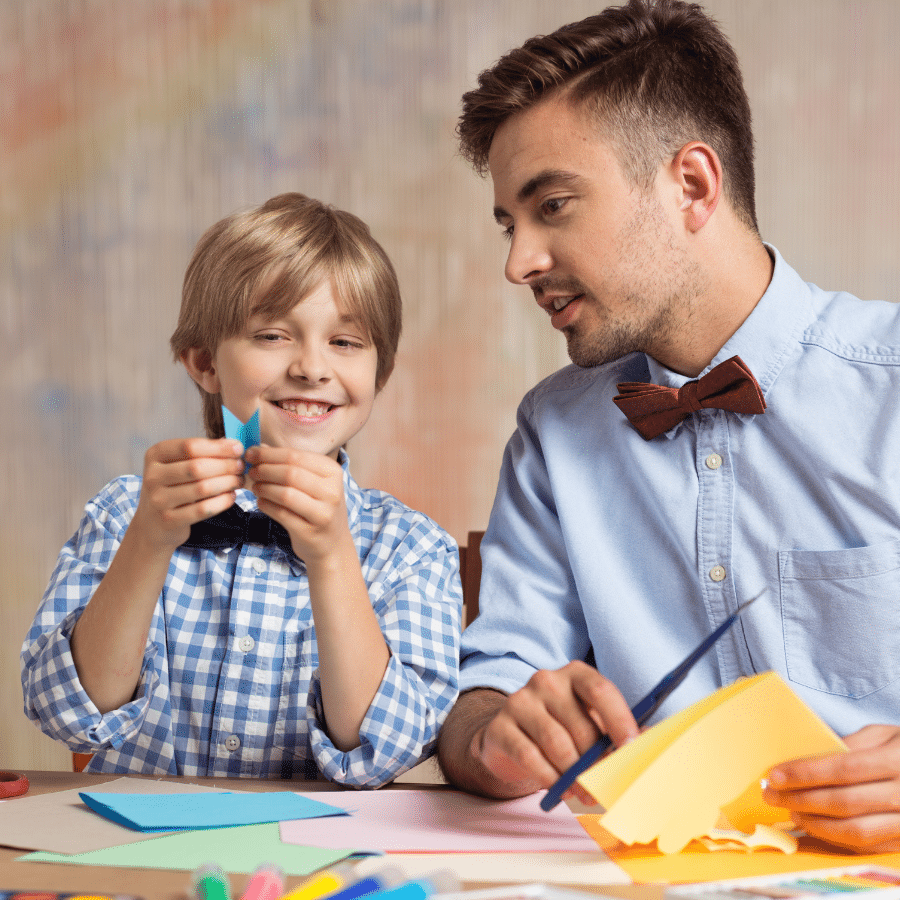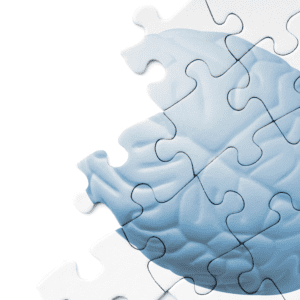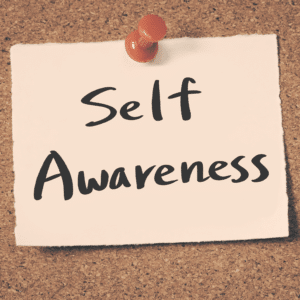개요
창의성은 사람들이 종종 이야기하는 기술이지만, 정의하기 어렵습니다. 많은 사람들이 창의성을 예술가만이 가질 수 있는 것으로 생각하지만, 사실은 우리 모두가 적어도 어느 정도의 창의적 능력을 가지고 있다는 것입니다. 필요한 것은 적절한 환경과 격려뿐입니다. 창의성은 학습과 교육에 필수적인 요소이지만, 자녀나 학생들에게 창의성을 식별하고 촉진하는 것이 어려울 때가 있습니다. 이 글에서는 창의성이 학습자와 교사에게 무엇을 의미하는지, 용어 자체를 정의하는 것부터 학습 결과에 어떤 영향을 미치는지 파악하는 것까지 살펴보겠습니다.
창의력이란 무엇입니까?
Creativity is a process and a mindset, not a skill or talent. We all have the ability to be creative, but it takes work and practice to develop our creativity. Creativity involves taking risks and making mistakes; it’s often a combination of many different skills (for example: art, writing or math). There is no one definition of creativity because there are many ways that we can express ourselves creatively!
Creativity can be applied in any field including education – both in learning environments as well as teaching methods themselves; business – developing new products/services; science – conducting research projects etc…
창의성은 왜 중요한가?
Creativity is important for learning because it helps you to think about things in a new way. It encourages you to look at problems from different perspectives, which can help you find solutions that are more creative and innovative.
Creativity is also important for problem solving as it allows people to come up with new ideas and solutions when faced with difficulties or challenges. For example, if someone is stuck trying to solve a puzzle or work out an equation in maths class then their teacher might ask them: “How could we do this differently?” This encourages them not only think about different ways of doing things but also come up with new ideas altogether!
뇌는 창의성을 어떻게 처리할까?
The brain is a complex organ, made up of billions of neurons that communicate with each other through electrical signals. The brain constantly learns and changes. It can be trained to be more creative, or less so–and this has implications for learning in school environments.
The first step towards understanding how creativity works in the brain is understanding how neurons work together as a network (or “circuit”). Neurons are cells that process information through electrical signals; these signals travel along axons (the part of the neuron that conducts electricity) until they reach dendrites (the part where incoming signals are received). When enough signals reach a certain threshold level within a given time period, they trigger an action potential: an electrical impulse that travels down into synapses where neurotransmitters transmit messages across gaps between cells called synaptic clefts before ending at another dendrite or soma (cell body).
창의성을 위한 교육의 이점
Creativity is an important part of learning and education. Creativity allows us to solve problems, learn new skills, innovate and communicate effectively. It also helps us collaborate with others.
Creativity can be defined as the ability or process of producing something new, which has value for the person who created it or others (OECD, 2016).
창의적인 개방성.
Creative open-mindedness is essential to learning. It is not the same thing as intelligence or education, but it’s a crucial component of both.
Creative open-mindedness means having an ability to be flexible with your thinking–the willingness to consider new ideas and approaches even when they may seem strange or unusual at first glance. It also involves being willing to learn from others who have different perspectives than yours, which is why creative open-mindedness can be so important in our globalized world today: if we want students who are prepared for life after school (and beyond), then having this skill set will help them succeed in whatever field they choose!
창의성에 있어서 호기심의 역할.
Curiosity is the desire to learn more about something. It’s a natural part of the learning process, and it can lead to new ideas and solutions.
Curiosity can be a source of motivation for students as well as teachers: when people are curious about something, they want to find out more about it. This desire may encourage them to work harder on their projects or studies so that they can answer their questions satisfactorily (or at least get closer).
창의성은 학습에 필수적이지만, 창의성을 찾아내고 증진하는 것이 어려울 때가 있습니다.
Creativity is an essential part of learning, but it’s not always easy to identify and promote. Creativity is a complex phenomenon that involves many different skills, abilities and dispositions. It’s also influenced by factors such as age and personality type.
That said, there are some things we can do to help foster creativity in our classrooms and schools:
- 아이들이 학습 과정에서 위험을 감수하도록 격려하십시오. 이를 통해 아이들은 실패나 당혹스러움에 대한 두려움 없이 새로운 아이디어를 실험하는 데 도움이 됩니다.
- 처음부터 시작하는 것보다 기존 지식을 바탕으로 구축하세요
- 학생들이 자신의 작업을 다른 사람들과 공유할 수 있는 기회 제공
결론
창의성은 학습과 교육에 필수적인 기술입니다. 창의성을 파악하고 촉진하기는 어려울 수 있지만, 학생들의 창의성을 장려할 수 있는 방법은 많습니다. 창의성에는 열린 마음, 호기심, 새로운 아이디어와 방법을 실험하려는 의지, 필요할 때 위험을 감수하려는 의지가 포함됩니다. 이 기사가 교실이나 기관에서 더 창의적인 사고를 장려하는 방법에 대한 몇 가지 아이디어를 제공했기를 바랍니다!









